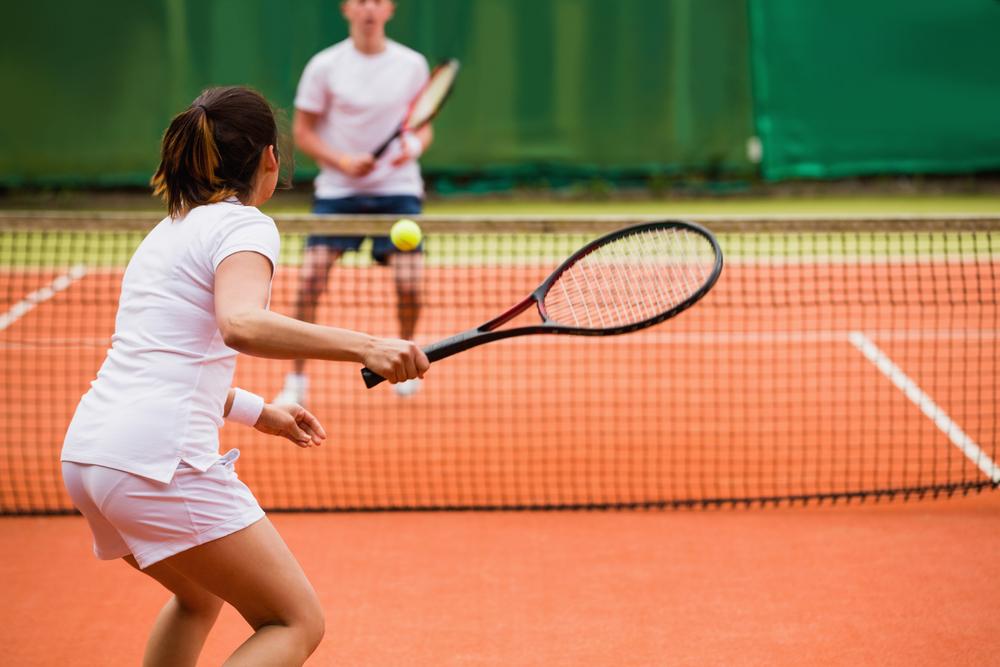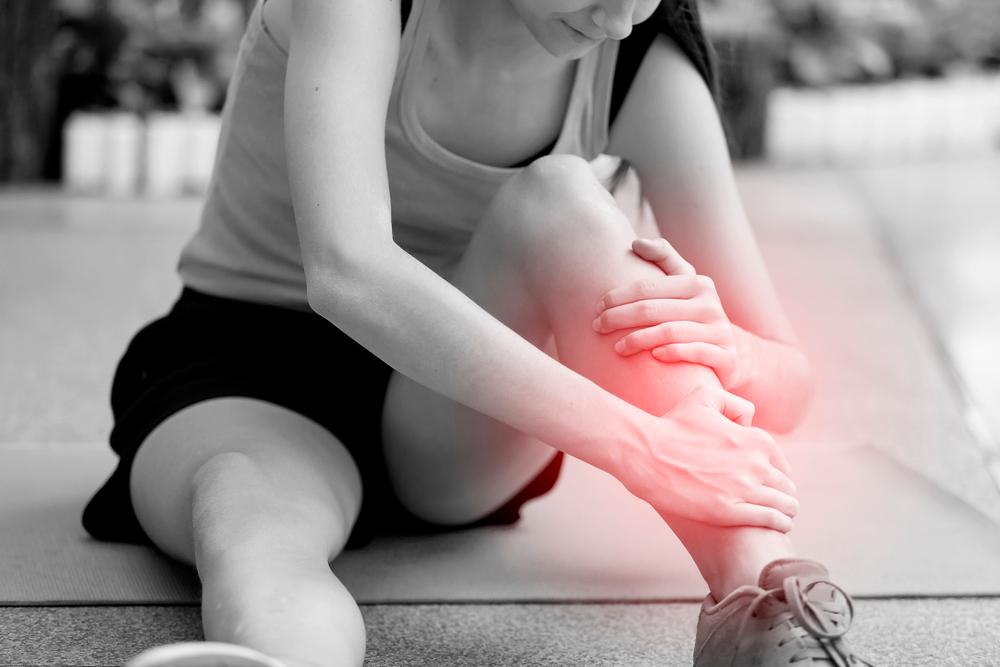Playing sports is an integral part of the Australian lifestyle and is one of the best ways to stay in shape, socially connect and enjoy ourselves. Sporting injuries are often inevitable and can be painful and frustrating, however, this is especially relevant when it comes to your shoulders.
A shoulder injury not only puts you out of action on the field, but it can make writing, typing and most daily movements painful and difficult.
3 most common shoulder injuries in sport, and the best ways to treat them.
SLAP Tears
SLAP (Superior Labral from Anterior to Posterior) refers to the part of your shoulder where a ring of cartilage sits around the shoulder socket to stabilise the top of your arm.
A SLAP tear occurs when this cartilage becomes torn or heavily inflamed, causing pain and a restriction of movement, especially when trying to raise the arm. This is often caused by repeated movement like throwing a ball with force, or one excessive overhead force like a very strong tennis serve.
To treat a SLAP tear, it’s best to use the RICE principle (Rest, Ice, Compress, Elevate) when it first happens. Over time, it’s important to rest the joint to recover.
Wearing a shoulder support which takes the pressure off the joint will help to minimise movement. It’s best to avoid bearing weight on the shoulder while it recovers.
It's vital to work with a physiotherapist to build up strength and to prevent re-injury.
Rotator Cuff Injuries
The Rotator Cuff is a small but important group of tendons that join the shoulder blade to the top of the arm and guide rotation of the joint. There are two main types of injuries that affect this area.
- Chronic Injuries: These occur from overstraining of the Rotator Cuff from repeated overuse that fatigues the tendons, impingement upon the cuff or both together. This is more common with builders, carpenters and other tradesmen, as well as in sports like cricket, tennis, baseball, basketball and netball.
- Acute Injuries: This happens when there’s a significant force that damages the Rotator Cuff, often something like putting your arm forward to brace a fall, or throwing/pulling a particularly heavy object too hard.
Treating the Rotator Cuff can be tricky due to the wide range of severity it can present as. For the majority of cases which are mild to moderate; resting the joint, using anti-inflammatories, doing rehab and wearing a brace or support while playing sports will be extremely beneficial.
In cases where the shoulder injury is more severe or has happened repeatedly, surgery may be the only option, especially if there’s an impingement on the rest of the shoulder.

Dislocation and Instability
Dislocation or partial dislocation (known as subluxation) of the shoulder is relatively common in contact sports or heavy falls in games like netball, soccer and other fast-paced games.
The best way to treat dislocation is through the strengthening of the shoulder and arm muscles combined with wearing a brace or support that keeps the joint in place through a wide range of movement.
For more details on shoulder dislocations, check out our article on them here - Why are shoulder dislocations so common?
For assistance selecting the right product for your needs, book a video consultation with a Bauerfeind expert: Book Video Call, or call us on 1300 668 466.
Do you have private health? Most private health extras will cover Bauerfeind Products, check to see if yours is included. Bauerfeind Private Health Insurance Enquiry.
Bauerfeind products are developed at our innovation and manufacturing facility in Zeulenroda, Germany. Based on years of scientific research, our award-winning braces and support garments are highly recommended by medical professionals and athletes worldwide.
















